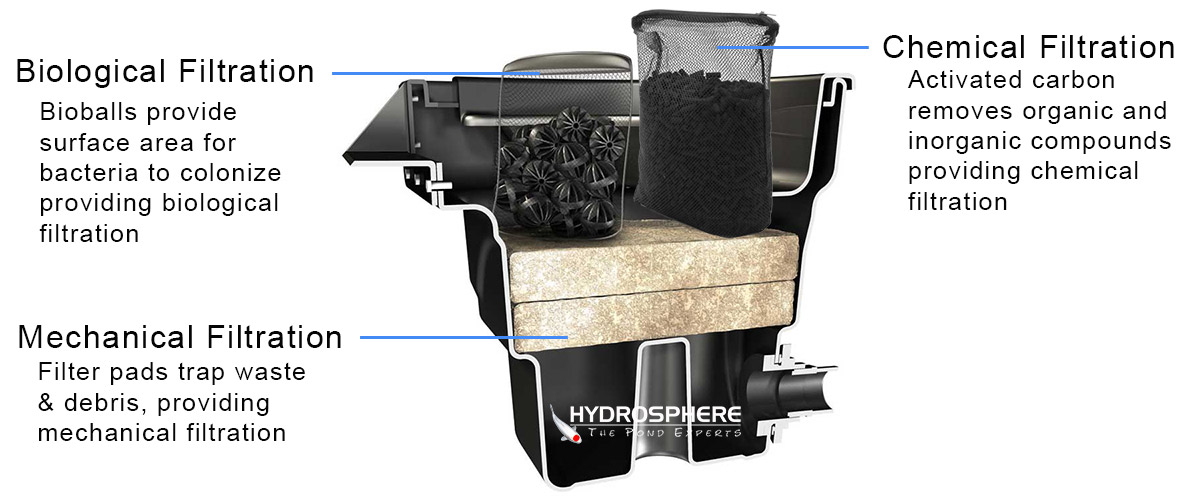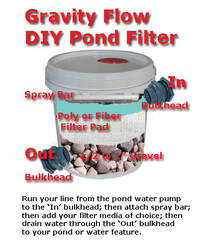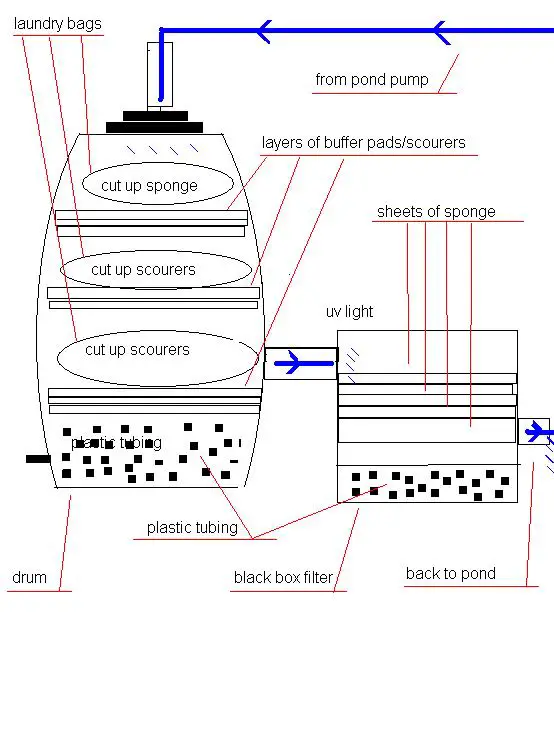Creating and maintaining a healthy ecosystem in your pond is crucial for the well-being of your aquatic life. One essential aspect of pond maintenance is the proper layering of filter media in your pond filter system. By layering pond filter media correctly, you can ensure efficient filtration, improve water quality, and promote a thriving pond environment.
Why is Layering Pond Filter Media Important?
Properly layering pond filter media is essential for maximizing the filtration efficiency of your pond filter system. Different types of filter media serve specific purposes, such as mechanical filtration to remove debris and particles, biological filtration to establish beneficial bacteria colonies, and chemical filtration to remove impurities and contaminants.
By layering these filter media in the correct order, you can optimize the filtration process and achieve clear, healthy water in your pond. Additionally, proper layering helps prevent clogging, ensures even water distribution, and prolongs the lifespan of your filter media.
How to Layer Pond Filter Media
Layering pond filter media involves arranging different types of filter media in a specific order within your pond filter system. Follow these steps to effectively layer pond filter media for optimal filtration:
Step 1: Mechanical Filtration
Start by placing mechanical filter media, such as filter pads or sponges, at the bottom of the filter chamber. Mechanical filter media trap large debris and particles from the water, preventing them from clogging the rest of the filter media layers.
Step 2: Biological Filtration
Next, add biological filter media, such as bio-balls, ceramic rings, or lava rocks, above the mechanical filter media. Biological filter media provide a large surface area for beneficial bacteria to colonize and break down harmful ammonia and nitrites in the water.
Step 3: Chemical Filtration
Finally, top off the filter media layers with chemical filter media, such as activated carbon or zeolite. Chemical filter media help remove impurities, odors, and harmful substances from the water, enhancing water clarity and quality.
Additional Tips for Layering Pond Filter Media
- Ensure proper water flow through the filter media layers by avoiding compacting the media too tightly.
- Regularly clean and maintain the filter media to prevent clogging and maintain optimal filtration efficiency.
- Monitor water parameters and adjust the filter media layers as needed based on the pond’s specific requirements.
- Consider adding additional filtration components, such as UV clarifiers or skimmers, to further improve water quality.

Credit: www.pondexperts.ca
Benefits of Properly Layered Pond Filter Media
By following the correct layering technique for pond filter media, you can enjoy a range of benefits for your pond ecosystem:
- Crystal-clear water that enhances the beauty of your pond and allows for better visibility of your fish and plants.
- Healthy water conditions that support the growth and well-being of aquatic life, including fish, plants, and beneficial bacteria.
- Reduced maintenance requirements, as properly layered filter media can efficiently trap and remove debris, contaminants, and impurities from the water.
- Longer lifespan of your pond filter system and filter media components, saving you time and money on replacements and repairs.

Credit: www.americanaquariumproducts.com
Conclusion
Layering pond filter media is a critical step in maintaining a clean, healthy pond environment. By following the proper layering technique and selecting the right types of filter media for your pond’s specific needs, you can achieve optimal filtration efficiency, water clarity, and overall pond health.


